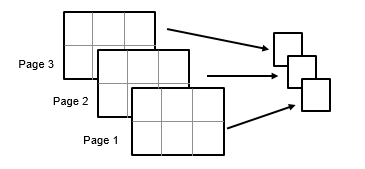kurtosis
Kurtosis
Syntax
Description
k = kurtosis(X)X.
If
Xis a vector, thenkurtosis(X)returns a scalar value that is the kurtosis of the elements inX.If
Xis a matrix, thenkurtosis(X)returns a row vector that contains the sample kurtosis of each column inX.If
Xis a multidimensional array, thenkurtosis(X)operates along the first nonsingleton dimension ofX.
k = kurtosis(X,flag)flag is
0) or not (flag is 1,
the default). When X represents a sample from a population, the
kurtosis of X is biased, meaning it tends to differ from the
population kurtosis by a systematic amount based on the sample size. You can set
flag to 0 to correct for this systematic
bias.
k = kurtosis(X,flag,vecdim)vecdim. For example, if X is a 2-by-3-by-4
array, then kurtosis(X,1,[1 2]) returns a 1-by-1-by-4 array. Each
element of the output array is the biased kurtosis of the elements on the
corresponding page of X.
Examples
Input Arguments
Output Arguments
Algorithms
Kurtosis is a measure of how outlier-prone a distribution is. The kurtosis of the
normal distribution is 3. Distributions
that are more outlier-prone than the normal distribution have kurtosis greater than 3;
distributions that are less outlier-prone have kurtosis less than 3. Some definitions of
kurtosis subtract 3 from the computed value, so that the normal distribution has
kurtosis of 0. The kurtosis function does not use this
convention.
The kurtosis of a distribution is defined as
where μ is the mean of x, σ
is the standard deviation of x, and
E(t) represents the expected value of the
quantity t. The kurtosis function computes a
sample version of this population value.
When you set flag to 1, the kurtosis is biased,
and the following equation applies:
When you set flag to 0,
kurtosis corrects for the systematic bias, and the following
equation applies:
This bias-corrected equation requires that X
contain at least four elements.
Extended Capabilities
Version History
Introduced before R2006a
